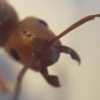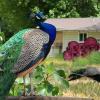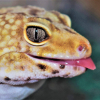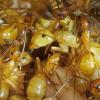2. Date of collection: 18th of April, 2019
3. Habitat of collection: Beach, At the edge of the Saltwater sea.
4. Length (from head to gaster): 11 mm
5. Color, hue, pattern and texture: Black "feet" sliding into Amber legs and sliding back to black body, Gaster is bold and quiet shiny.
6. Distinguishing characteristics: eyeshape is a triangle with rounded corners. There is absolutely no hair on its body.
7. Distinguishing behavior: Very active, and spending a lot of time grooming the antenna.
8. Nest description: Not found in or near a visible nest.
9. Nuptial flight time and date: Found it around 2 PM, on the first day with 15C. was 10C warmer than the day before and Wind was coming from the north.
[Images of ant]
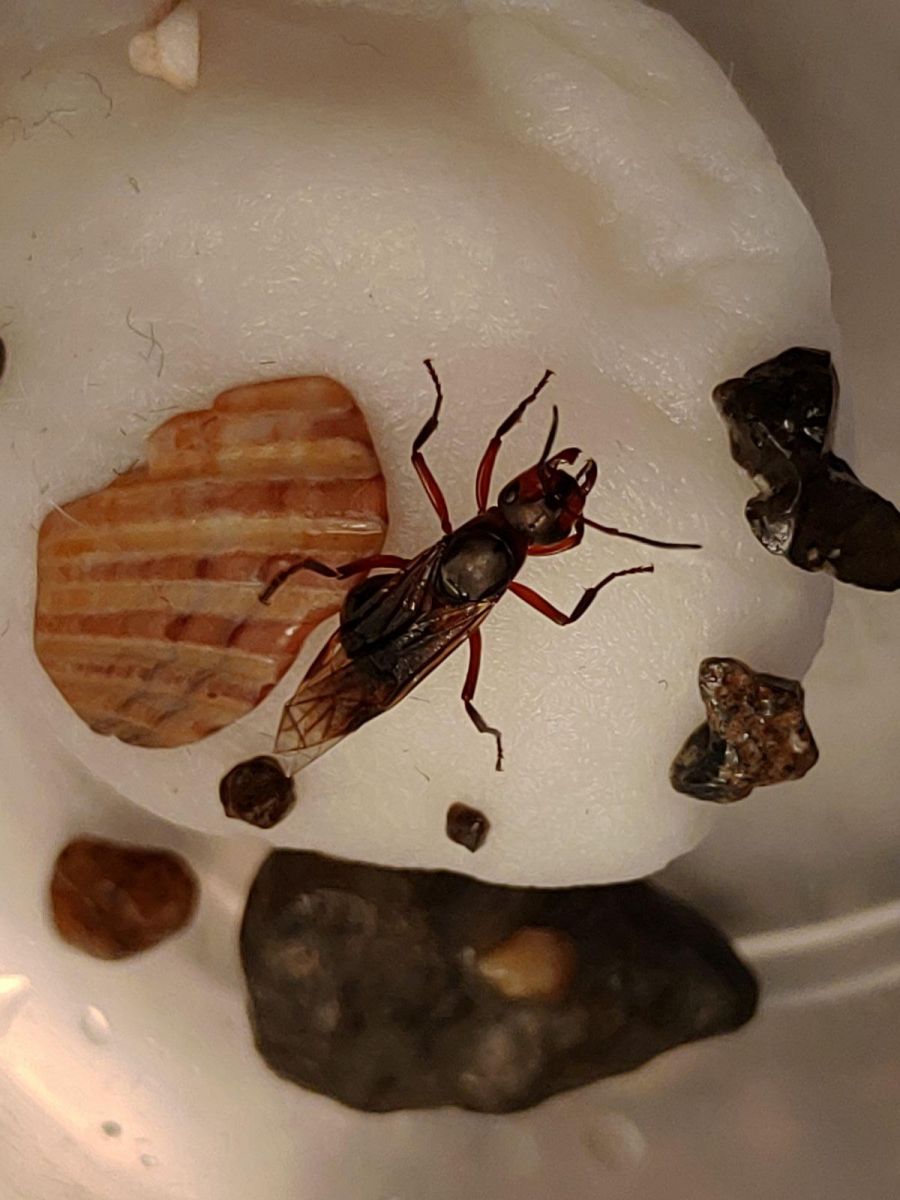
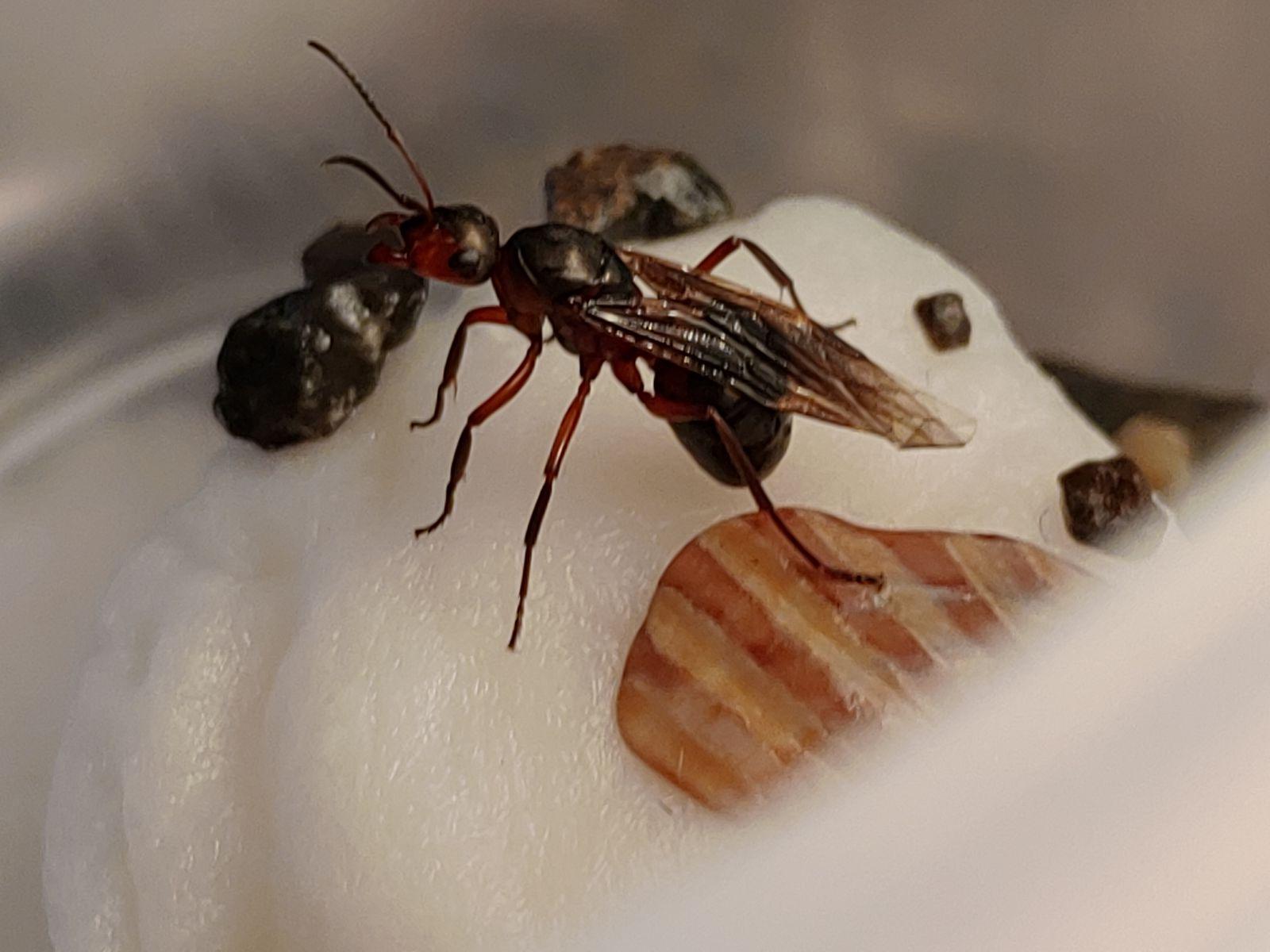
Habitat

I think it might be a formica rufa queen, since the head is as big as it is, and males tends to have smaller heads.
Anyone who can confirm ?
Edited by Lisberg, April 19 2019 - 2:24 PM.




